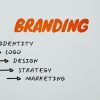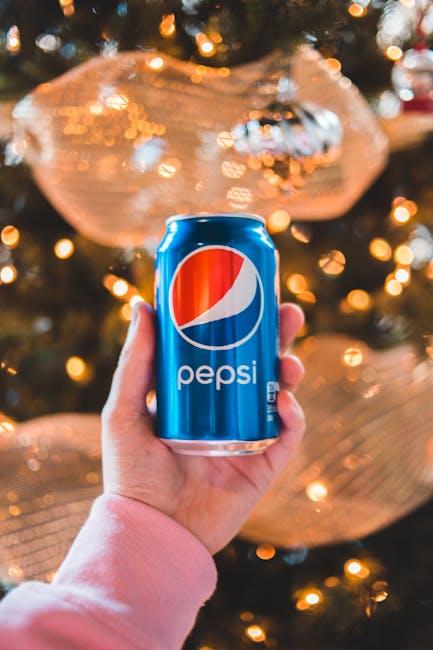
Picture this: You’re walking down the street, minding your own business, when suddenly you’re stopped dead in your tracks by a building so vibrant and eye-catching that you can’t help but stare in awe. What could possibly make a structure so mesmerizing, you ask? The answer, my friends, lies in the power of color in architecture. In this article, we will explore how the use of color can shape brand identity, leaving a lasting impression on all who pass by. So buckle up, because we’re about to embark on a colorful journey through the world of architecture like never before. Let’s paint the town red, blue, or whatever color your heart desires!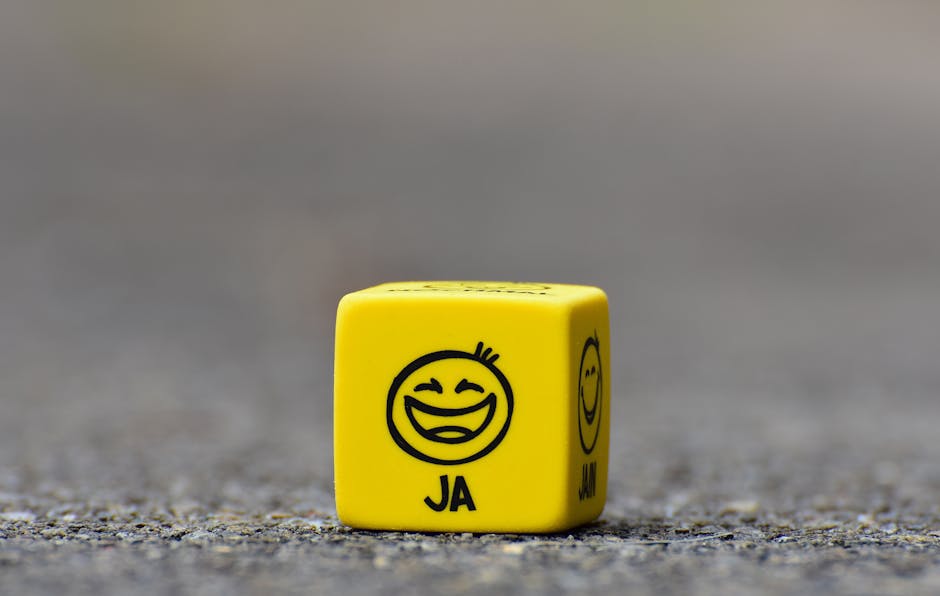
The Role of Color in Branding
Think about some of the most recognizable brands in the world - McDonald’s, Coca-Cola, Starbucks. What do they all have in common? You guessed it – color! Color plays a crucial role in branding and can evoke specific emotions and perceptions in consumers. Let’s dive deeper into the wonderful world of color psychology in branding.
First off, let’s talk about the importance of choosing the right colors for your brand. **Color theory** is no joke, my friends. Each color carries its own meaning and can influence how your brand is perceived. For example, red is often associated with passion and energy, while blue conveys trust and reliability. So, before you go slapping any old color on your logo, think about what message you want to send to your audience.
Not only do colors evoke emotions, but they can also help your brand stand out in a sea of competitors. Imagine a world without color – a bland, boring existence where brands all look the same. *Yawn* Luckily, color allows businesses to differentiate themselves and create a unique identity that resonates with consumers.
So, the next time you’re brainstorming ideas for your brand, don’t underestimate the power of color. Whether you want to convey sophistication with a sleek black and gold palette or playfulness with a vibrant rainbow scheme, remember that color can make or break your branding strategy. So, choose wisely, my friends, and let your brand’s true colors shine through!
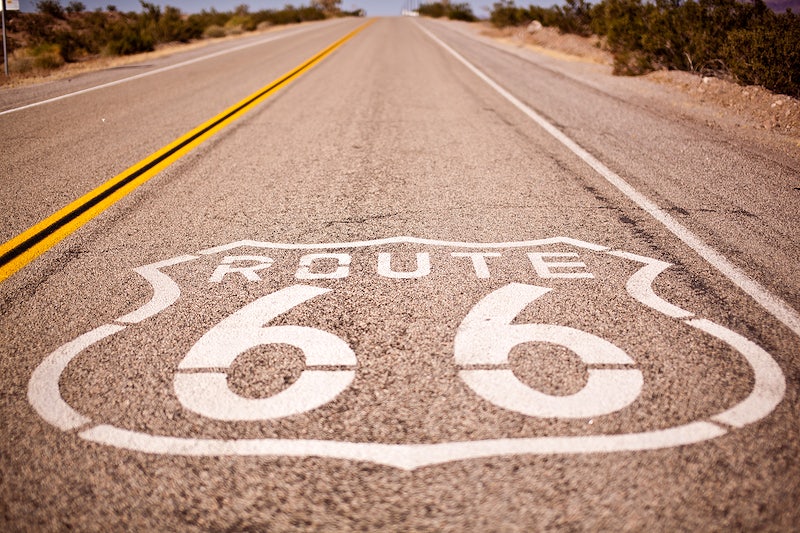
Using Color to Evoke Emotional Responses
When it comes to , the possibilities are endless. From bold and vibrant hues to soft and soothing tones, the right color can elicit a wide range of emotions in your audience.
Think about the color red, for example. This fiery hue is often associated with passion, power, and excitement. It can make your audience feel energized and ready to take on the world. On the other hand, blue is known for its calming and peaceful qualities. It can help create a sense of tranquility and relaxation in your viewers.
But let’s not forget about the color green. This earthy tone is often linked to nature, growth, and prosperity. It can make your audience feel refreshed and rejuvenated, like a walk through a lush forest. And then there’s purple, a color associated with royalty, creativity, and mystery. It can add a touch of elegance and sophistication to your design.
So whether you’re looking to ignite passion, foster tranquility, promote growth, or infuse sophistication, remember that color plays a crucial role in eliciting emotional responses. Use it wisely, and watch as your audience connects with your content on a whole new level.
Creating a Cohesive Visual Identity
When it comes to for your brand, it’s important to make sure everything is consistent and on-brand. Here are some tips to help you achieve that:
- Use the same color palette throughout all of your branding materials. This will help people recognize your brand at a glance.
- Choose a few fonts that represent your brand’s personality and stick to them. Mixing too many fonts can make your brand look disorganized.
- Make sure your logo is prominently featured on all of your marketing materials. This is the visual representation of your brand, so it’s important to make it stand out.
Remember, consistency is key when it comes to . Your brand should look the same across all platforms and materials, from your website to your social media profiles. By following these tips, you can create a visual identity that is truly memorable and unique.
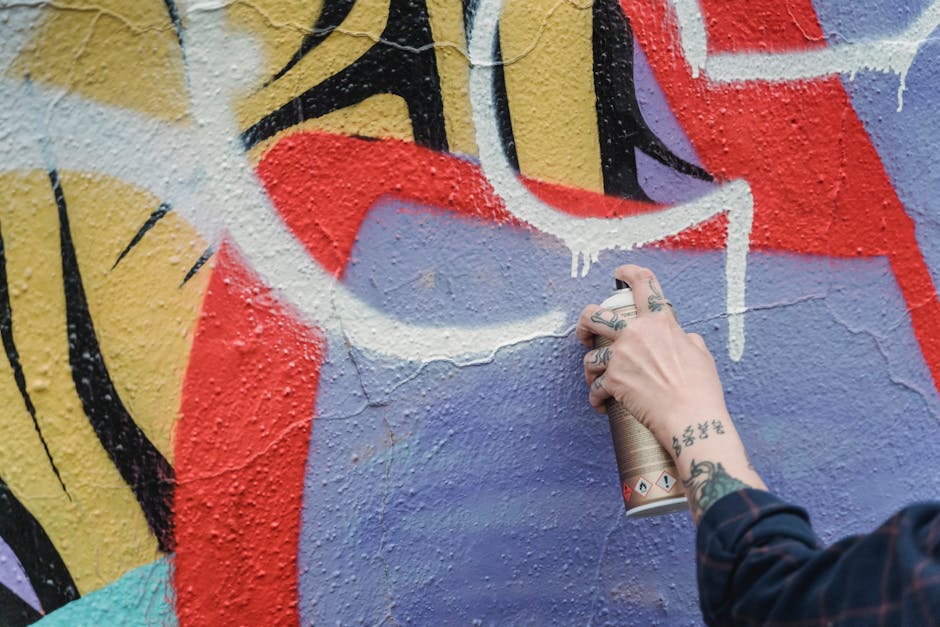
Strategic Use of Color to Drive Consumer Behavior
When it comes to choosing colors for your products, it’s not just about what looks pretty. It’s about harnessing the power of psychology to make consumers whip out their wallets faster than you can say “pantone.”
Did you know that the color red can actually increase heart rates and create a sense of urgency? That’s why it’s often used in clearance sales – gotta get that adrenaline pumping to make those impulse buys! So, if you want to drive consumer behavior and make them feel the FOMO, slap a little red on your products.
On the flip side, blue is like the zen master of colors. It promotes trust and reliability – perfect for those high-ticket items that require a little extra convincing. And let’s not forget about yellow, the color of happiness and fun. Use it to bring a little sunshine into your product offerings and watch those smiles (and sales) roll in.
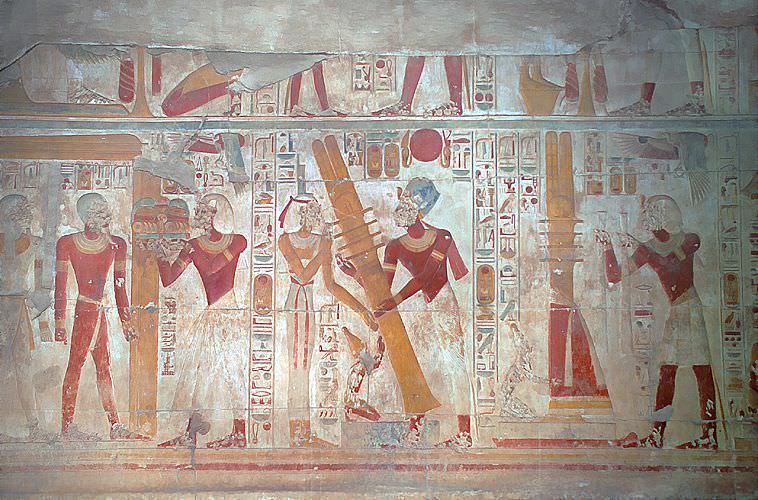
Color Psychology in Architectural Design
Cracking the Code of
Feeling blue about your bland living room wall? Maybe it’s time to consider some color psychology to add some spark to your space! Here’s a breakdown of how different hues can influence your mood and behavior in architectural design:
Red: This fiery shade is known to increase energy levels and stimulate conversation. Perfect for a dining room or social gathering space where you want to keep the conversation flowing (and maybe even heat things up a bit).
Green: Channel your inner zen with this calming color that promotes relaxation and balance. Green is a great choice for bedrooms or home offices where you need to unwind and find your focus (or maybe even take a cat nap in between emails).
Yellow: Brighten up your space with a burst of yellow, the color of sunshine and happiness. This cheerful hue can boost creativity and optimism, making it a great choice for art studios or playrooms where you want to let your imagination run wild (and maybe even catch a case of the giggles).
So next time you’re faced with a blank canvas (or wall), think about the mood you want to create and pick a color that speaks to your style and personality. After all, life is too short for boring beige!
Case Studies: Successful Branding Through Color
First up, we have the case study of Skittlez Candy Co. They decided to revamp their packaging colors to reflect the fun and vibrant nature of their candy. By switching from dull blues and grays to a rainbow of colors, they instantly caught the eye of consumers looking for a sweet treat. The result? Sales skyrocketed faster than you can say ”taste the rainbow!”
Next on our list is Bubblez Bath Bombs. They wanted to stand out in a crowded market of bath and body products. So, they ditched the traditional pastel colors commonly associated with the industry and went bold and bright instead. Their bath bombs now come in neon pinks, electric blues, and fluorescent greens. Customers can’t resist the urge to grab one and add a pop of color to their bath time routine.
Let’s not forget about Floofy Pillow Co. They knew that in order to compete with big-name bedding brands, they needed to make a statement with their packaging. So, they chose a calming color palette of soft blues, gentle pinks, and soothing greens. This gave off a sense of relaxation and comfort, making customers feel like they were drifting off into dreamland just by looking at their products. Talk about a snooze-worthy success!
Maximizing Impact with Thoughtful Color Selections
When it comes to making a statement with your design choices, thoughtful color selections can truly maximize the impact. By carefully considering the colors you choose, you can create a visual masterpiece that grabs attention and leaves a lasting impression.
One key tip for choosing colors is to consider the psychology behind each hue. For example, did you know that blue is often associated with trust and credibility, while red can evoke strong emotions like passion and intensity? By strategically incorporating these colors into your design, you can evoke the desired emotional response from your audience.
Another important factor to consider is contrast. By pairing complementary colors together, you can create visually stunning designs that pop off the page. Consider using a combination of green and purple for a bold and eye-catching look, or yellow and black for a more modern and sophisticated vibe.
Remember, the key to maximizing impact with your color selections is to think outside the box and be unafraid to experiment. Don’t be afraid to take risks and push the boundaries of traditional color palettes. By infusing your designs with thoughtful color selections, you can truly make a lasting impression that won’t soon be forgotten.
FAQs
Can color really influence a building’s brand identity?
Of course! Just like how wearing a red dress can make you feel bold and powerful, the color of a building can evoke certain feelings and perceptions in people’s minds. Brands use this to their advantage by choosing colors that align with their values and message.
How does color impact the way we perceive architecture?
Think of color as the icing on the cake of architecture. It can make a building stand out, blend in, or convey a specific message. Whether it’s a vibrant red to grab attention or a calming blue to invoke trust, color plays a huge role in shaping our perception of a structure.
Are there certain colors that are better suited for different types of architecture?
Absolutely! Warm colors like reds and oranges can make a building feel more inviting, perfect for a lively restaurant or community center. On the other hand, cool colors like blues and greens are great for creating a sense of calm and professionalism, ideal for office buildings or healthcare facilities.
How can businesses use color in architecture to strengthen their brand identity?
By choosing color schemes that align with their brand’s personality and message, businesses can create a visual identity that sticks in people’s minds. Whether it’s through bold accent colors or a consistent palette across multiple locations, color can help reinforce brand recognition and loyalty.
Can a building’s color affect its overall success?
Definitely! Imagine walking down a street filled with drab, uninspiring buildings – not exactly the most inviting experience, right? A well-chosen color scheme can make a building more memorable, attract more foot traffic, and ultimately lead to greater success for businesses housed within.
Color Your World
Thanks for taking a stroll through the vibrant world of color in architecture! Remember, when it comes to brand identity, don’t be afraid to think outside the box – or inside the color wheel! Whether it’s a calming blue for a spa or a bold red for a high-energy sporting brand, the power of color is truly endless. So go ahead, splash some color on your buildings and let your brand shine bright like a rainbow!

